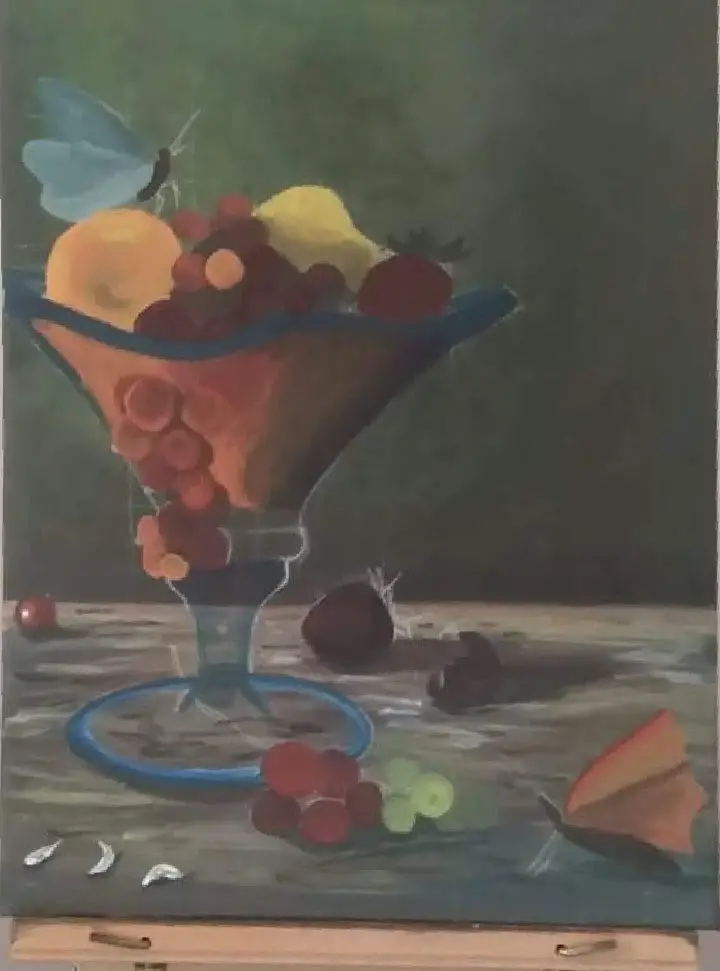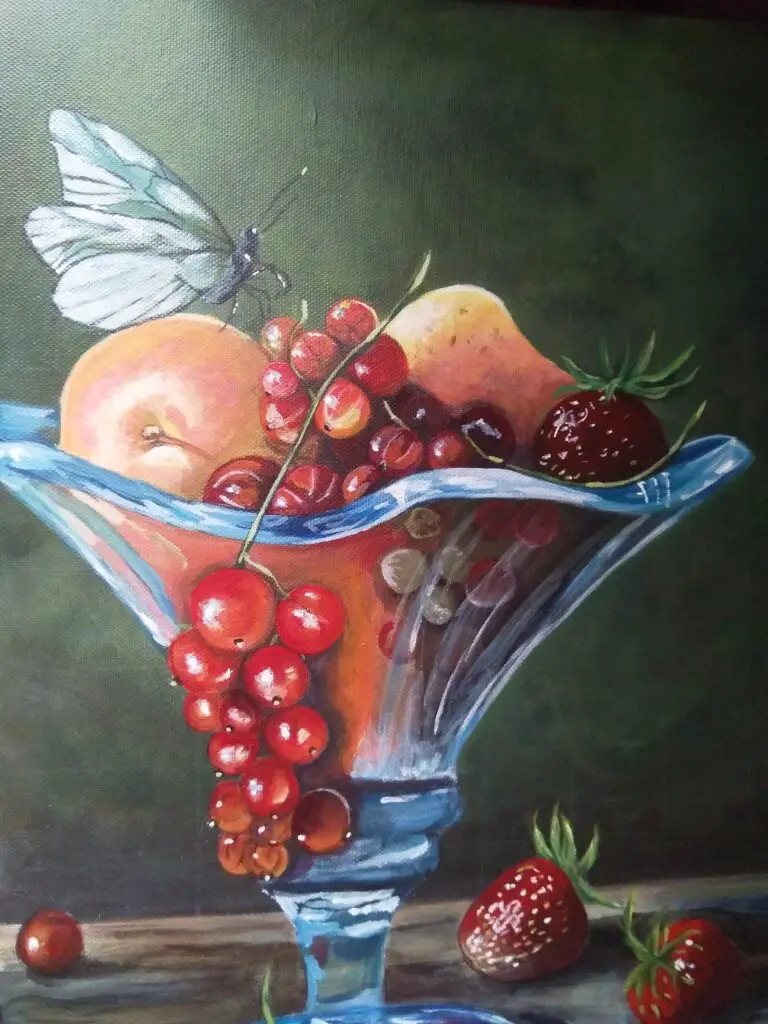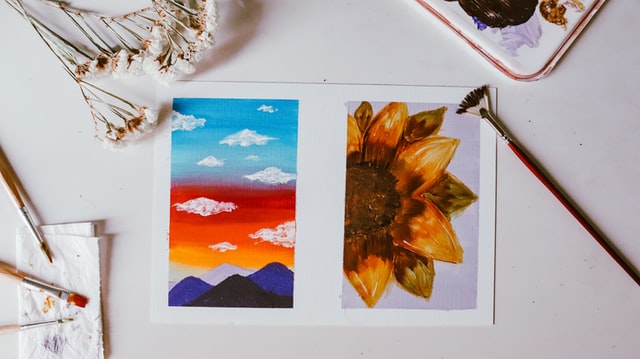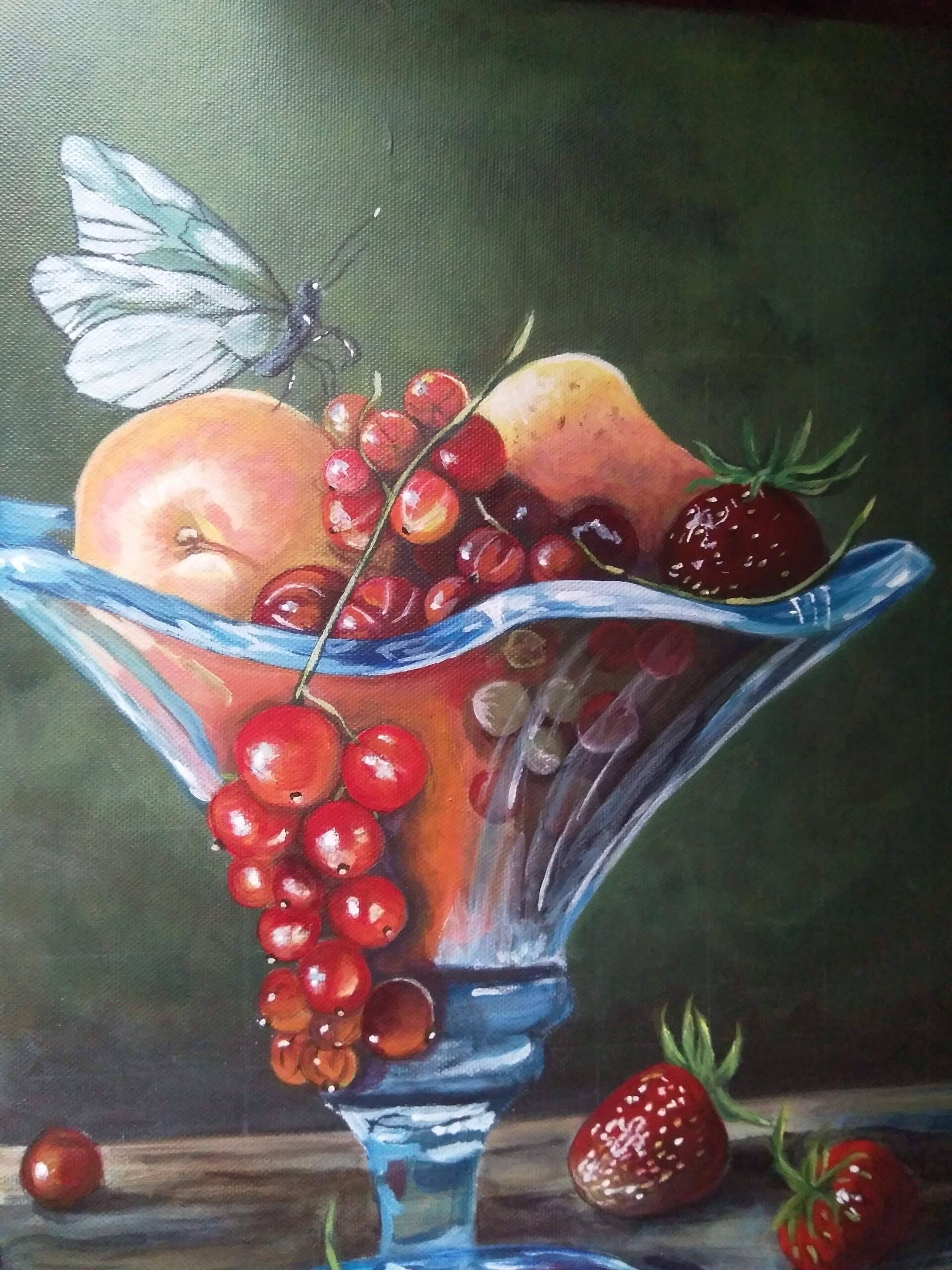When using some art mediums it is recommended to paint from dark to light while others recommend painting from light to dark. So you might wonder which technique to follow when using acrylic paint.
As a general rule, paint from dark to light with acrylic paint. First, block in the values (usually dark) of each element of the painting. Then build the depth of the painting with mid-tones(medium light colors). Add highlights at last and dark shadows at any stage of the painting.
Painting from dark to light is one of the main techniques of acrylic painting. It is true for most opaque paints like oils. However, there is a process to painting from dark to light with acrylic paint. If you master it you will be able to create realistic yet paintings with great depth.
Do you paint from dark to light with acrylic paint?
In general, you need to paint from dark to light with acrylic paint. This means you need to paint dark colors first and then lighter colors with acrylic paint.
To elaborate this more I will use a still life painting I did recently. Below you will see images of the still life painting. I took one image in the blocking stage and the other image after finishing the still life.


In the color blocking stage of the painting what we do is map out the values of different elements in the painting. In this case, I did it according to the reference image. Value is the darkness or lightness of color if you are wondering what it is.
As an example, we know that the color of cherries is a bright red color. But notice different cherries have different values in the painting especially the ones on the glass. This happens because of how light works in the painting.
The cherries with darker values are in the dark and cherries with lighter values are beautifully captured by the light. In the first stage of the painting, you need to identify the general lightness or darkness of an element and then block those colors.
Usually, this blocking stage has the darkest paint layers than the final painting you see. Other lighter paint layers are built upon these different values we blocked. After painting these darker paint layers we can add the mid-tones where the colors lighten. In this case, we do not completely block out the darker underpainting layer we did.
We only need to add the lighter mid-tones where they are necessary. You can also use a glazing medium with the mid-tones to create more layers on top. Lastly, you can add highlights or light colors. Usually, these range from a pale white color to pure white color.
Highlights and shadows of the painting
We add highlights to the places where light reflects. Highlights are very important to give an element its three-dimensional qualities. First, you can add less intense highlights maybe with zinc white, and then more intense highlights using titanium white.
As an example, you can see these pale white color highlights on the cherries and then a more intense pure white color highlights on top of the pale white highlight. You can add highlights using bright yellow or blue colors even. You can see the yellow color highlights on the cherry stem.
You can add shadows when you are doing the underpainting, and mid-tones or at last when adding highlights to the painting. Shadows help to make the elements pop in your paintings and to increase realism. Of course, shadows will be the darkest part of the painting yet they can be built up from the first paint layer to the last aint layer where you add highlights.
As an example, I have added the darker shadows around the cherries in the first stage of color blocking. But I have reworked them after finishing all the cherries as well.
Can you paint light over dark-colored acrylic paint?
As a general rule, acrylic paint is painted from dark to light. However, it is easy to build layers from dark to light if you use a good quality acrylic paint brand like Liquitex and Golden acrylics. These paints are opaque for the most part and highly concentrated in pigments.

If you use low-quality paints they will create transparent dull colors. The vibrancy and saturation of your painting will be reduced when low-quality paints are used. Usually, low-quality white color acrylic paint is transparent. It will become a nightmare when you try to add intense white highlights to your painting.
Even if you are painting with craft or low-quality acrylic paints, using artist-grade titanium white will drastically improve your painting. You will be able to paint your light colors with intensity using artist-grade acrylic paint.
Transparent pigments…
There are some naturally transparent pigments. However, if you buy them from a good quality paint brand you will get the most pigment and the best color intensity. These transparent colors may have good tinting strength. Thus they will create beautiful, intense transparent glazes. Some examples are permanent Alizarin Crimson and Phathalo Blue.
I have written a whole article about the 17 pros and cons of acrylic paint. You can find all the important aspects of acrylic paint there.
Painting dark to light with other mediums
Painting dark to light colors works the same for oil paints. They both are opaque paints that are permanent after drying. Therefore we can start from the darkest paint layer and then build lighter layers on top.
However, it is the opposite with watercolor paints. Watercolor paints are naturally transparent and can be reactivated once dried. Therefore with watercolors, we paint the lightest layer first and then build on more darkest values. Otherwise, it is easy to get your painting muddy. When applying each layer you need to be careful not to reactivate the layer underneath.
For gouache also it is better to start with lighter and thin underpainting as gouache can be reactivated with water after drying. It makes it difficult if you work with darker colors first but there can be exceptions always.
The bottom line
It is a general rule with acrylic to paint from dark to light. However, you can even paint from light to dark or start with neutral colors and work towards dark or light. There is much flexibility with acrylic paint to go either way to achieve the look you want from a painting. The more you paint you will see what works.


